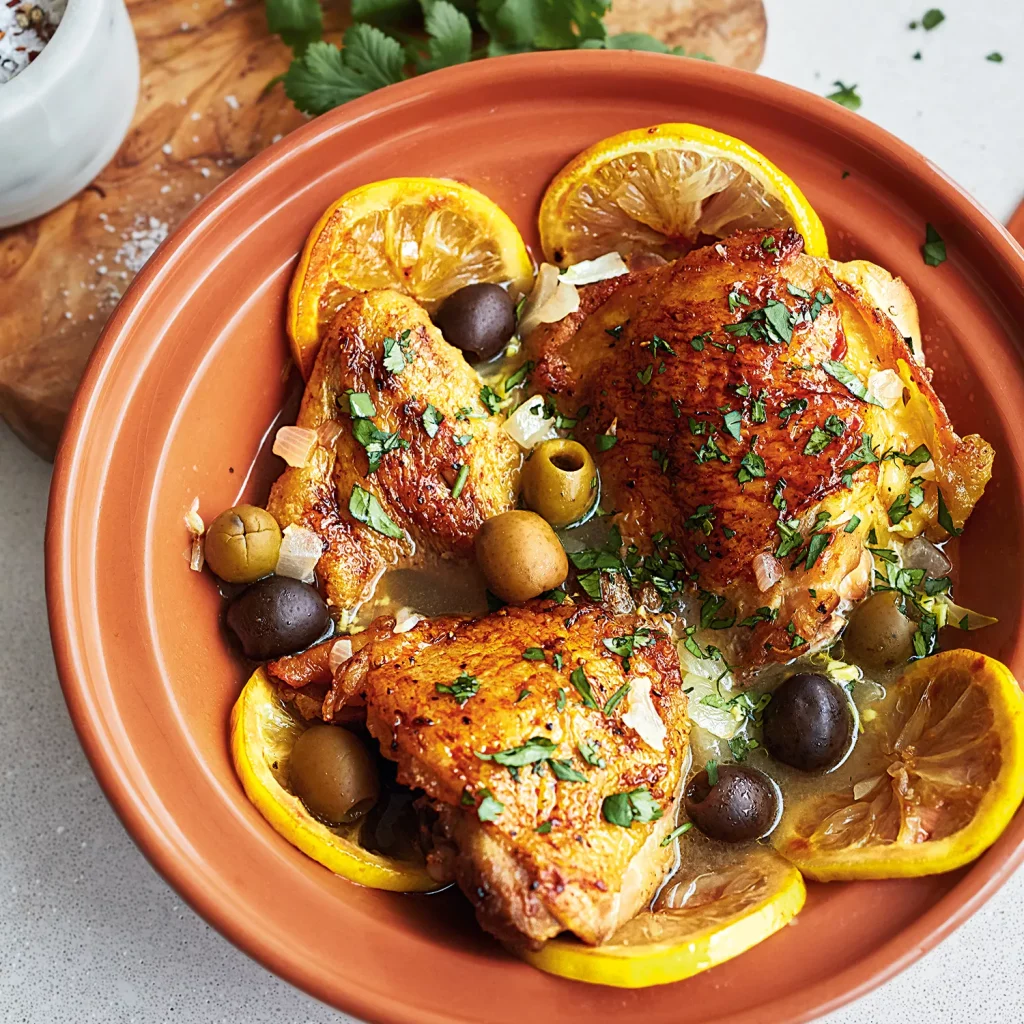🍰 Gluten-Free Baking: Tips, Tricks, and Must-Try Recipes
Baking without gluten can feel intimidating — especially if you’re used to the texture and fluffiness that wheat flour provides. But the good news? With the right techniques and ingredients, gluten-free baking can be just as delicious and satisfying!
If you’re new to it or looking to improve your skills, here are some essential gluten free baking tips to help you master this craft.
🌾 Why is Gluten-Free Baking Tricky?
Gluten is the protein in wheat, barley, and rye that provides elasticity and structure in baked goods. Without it, your cakes, bread, or cookies might turn out dense, crumbly, or dry.
That’s why knowing how to replace gluten is key.
✅ Essential Gluten-Free Baking Tips
1. Use a Blend of Gluten-Free Flours
No single flour can fully replace wheat flour. A good mix creates a balance of taste, texture, and structure.
Common gluten-free flours include:
-
Almond flour
-
Coconut flour
-
Rice flour
-
Sorghum flour
-
Tapioca and potato starch
2. Add a Binder (Xanthan Gum or Psyllium Husk)
Binders mimic gluten’s elasticity, preventing your baked goods from falling apart.
-
Use about 1 teaspoon of xanthan gum per cup of flour blend
-
Psyllium husk is great for gluten-free breads
3. Let the Batter Rest
Resting allows gluten-free flours to hydrate, improving texture and reducing graininess.
🍪 Must-Try Gluten-Free Baking Recipes:
-
Moist almond flour chocolate cake
-
Fluffy gluten-free pancakes
-
Chewy oatmeal cookies
-
Banana bread with coconut flour
These recipes are beginner-friendly and taste amazing!
🔥 Bonus Tip: Temperature Matters
Bake at a slightly lower temperature and check often. Gluten-free baked goods can dry out quickly.
🌟 Final Thoughts
With practice and the right ingredients, gluten-free baking becomes a rewarding (and tasty!) experience. Don’t be afraid to experiment — your perfect recipe might just be one batch away.












